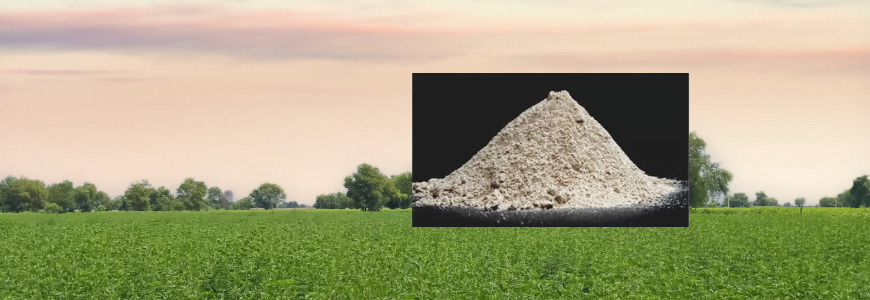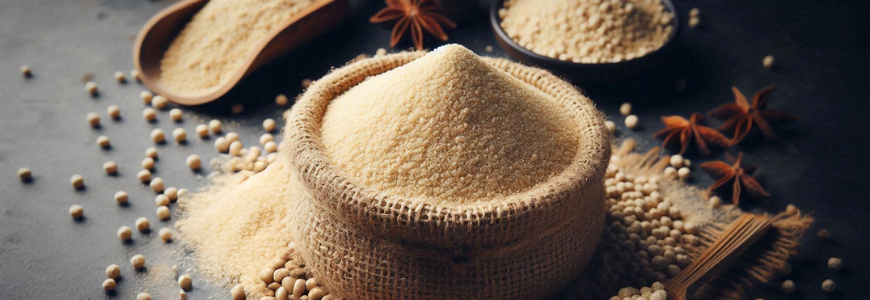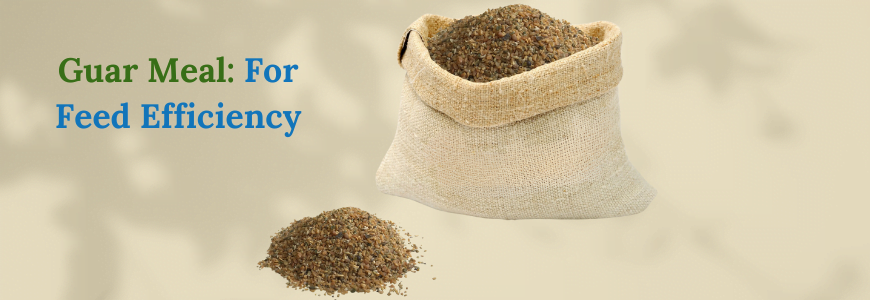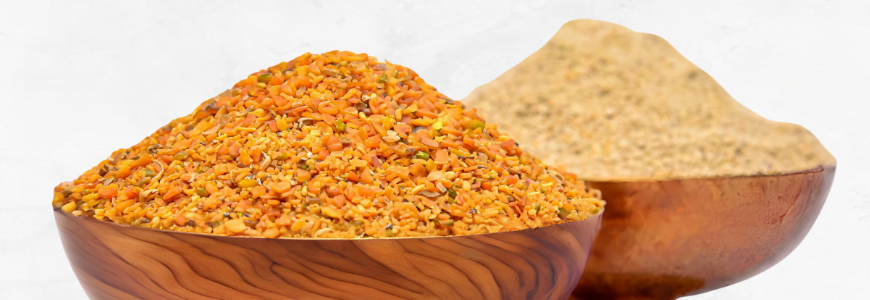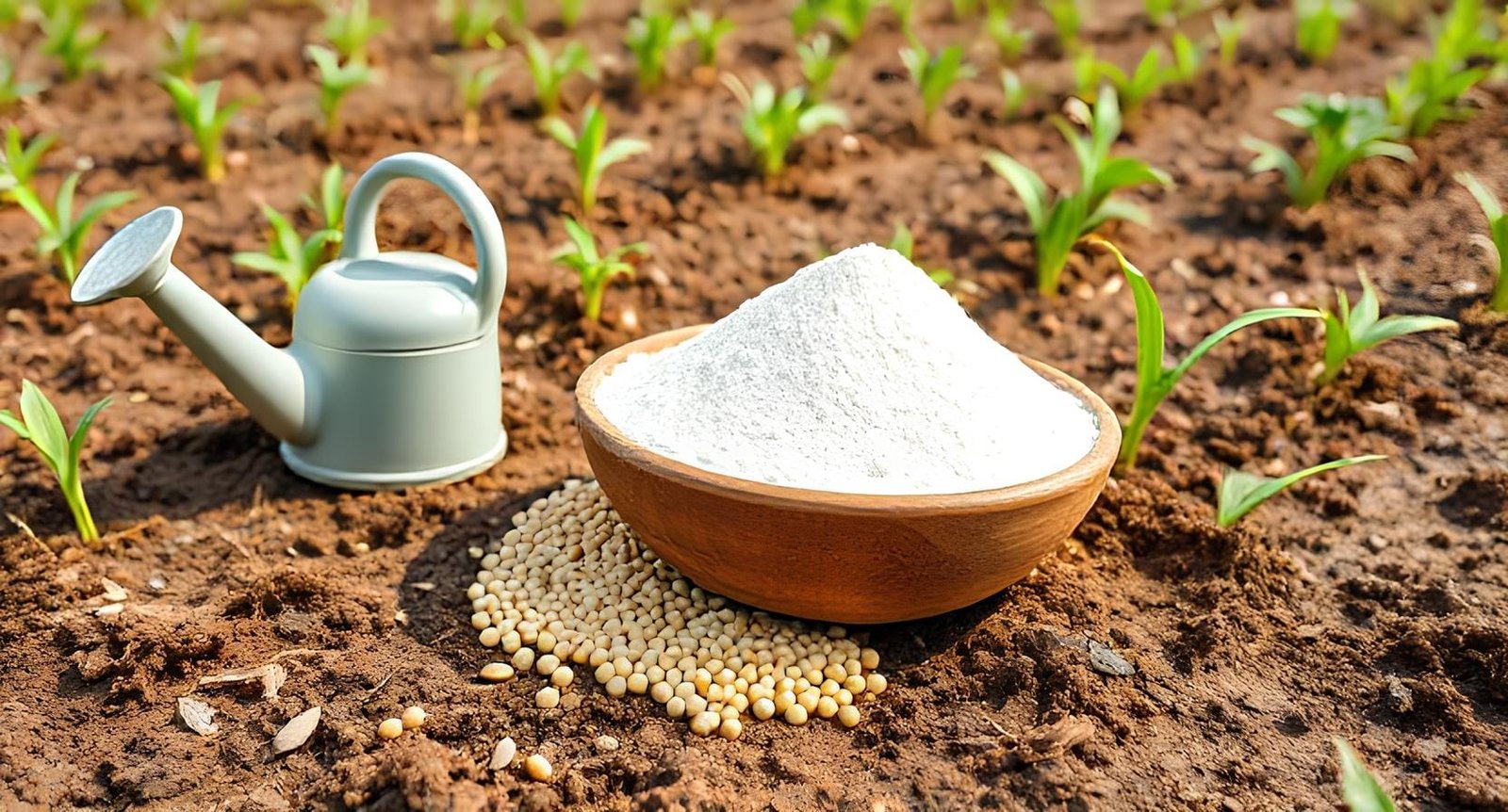When it comes to feeding animals, especially cattle, poultry, and sheep, choosing the right feed is very important. Farmers and feed manufacturers are always looking for cost-effective, high-protein alternatives to support animal growth and health. One such option that’s gaining attention in the agricultural world is Guar Meal. But did you know that Guar Meal is available in more than one type? The two main types are Guar Korma and Guar Churi. In this blog, we’ll explain what these are, how they’re made, and how they benefit animals. We’ll also compare them in simple terms to help you understand which one might suit your needs best.
What is Guar Meal?
It is a by-product obtained during the processing of guar seeds, which are mainly used to make guar gum. After the gum is extracted from the seed endosperm, the remaining parts — the germ and hull — are processed to create Guar Meal.
It is widely used as a high-protein animal feed, especially in India and other countries with growing livestock populations. Due to its affordability, rich nutrition, and eco-friendly nature, it has become a popular choice for farmers and feed suppliers.
Types of Guar Meal: Guar Korma and Guar Churi
Let’s now take a closer look at the two types of Guar Meal:
A. Guar Korma:
Guar Korma is the high-protein part of Guar Meal. It is obtained after separating the germ from the guar seed. Guar Korma is mostly used in animal nutrition for cattle, poultry, goats, and fish.
Features of Guar Korma:
1. High Protein Content: Contains around 48% to 58% protein after toasting.
2. Used as a Protein Booster: Works as an excellent cattle feed supplement.
3. Toasted for Better Digestion: Toasting removes gum residue and increases digestibility.
4. Rich in Amino Acids: Helps in animal muscle development.
Due to its high energy value and nutrients, Guar Korma is often used in place of soybean meal, making it a natural livestock feed that supports weight gain and milk production in animals.
B. Guar Churi:
Guar Churi is the fibrous part of Guar Meal and is produced from the husk or outer layer of the guar seed. Although it has less protein than Guar Korma, it still holds value in the animal feed industry.
Features of Guar Churi:
Moderate Protein Content: Contains around 35% to 38% protein.
1. High in Fiber: Helps with animal digestion and gut health.
2. Cost-Effective: Cheaper than other feeds like maize or wheat bran.
3. Best for Bulk Feeding: Suitable for cattle and sheep that need a fiber-rich diet.
Many farmers mix Guar Churi with other grains or supplements to balance the feed while keeping costs low.
How is Guar Meal made?
The production of Guar Meal starts with guar seeds, which go through several stages:
1. Cleaning and Splitting: The seeds are cleaned and split into husk, germ, and endosperm.
2. Gum Extraction: The endosperm is used to make guar gum.
3. Meal Production: The germ and husk (leftover parts) are processed to create Guar Korma and Guar Churi.
4. Toasting (Optional): The meals can be toasted to reduce anti-nutritional factors and improve digestibility.
This simple and eco-friendly process ensures that no part of the guar seed is wasted.
Why Use Guar Meal in Animal Feed?
There are many reasons why Guar Meal is preferred by livestock farmers today:
1. High Protein Value: Both Guar Korma and Churi offer good amounts of protein, which is essential for muscle growth, milk production, and overall health of animals.
2. Affordable: Compared to soybean meal or other imported feeds, Guar Meal is budget-friendly and locally available in countries like India.
3. Rich in Nutrients: Apart from protein, it contains carbohydrates, fibers, amino acids, and trace minerals necessary for balanced animal nutrition.
4. Eco-Friendly: Using the by-products of guar gum manufacturing makes Guar Meal a sustainable choice.
Guar Korma vs Guar Churi: A Simple Comparison
If you’re looking for a high-protein animal feed, Guar Korma is ideal. But if you need an affordable fiber-rich option for roughage, Guar Churi is the right pick.
Things to Consider Before Using Guar Meal:
There are many reasons why Guar Meal is preferred by livestock farmers today:
1. Always ensure that it is properly processed and toasted. Raw meal may contain anti-nutritional elements that can affect digestion.
2. Balance it with other ingredients like maize, wheat bran, or oil cakes to ensure a well-rounded animal diet.
3. Store it in a dry and cool place to avoid moisture damage and fungal growth.
4. Consult with a veterinarian or animal nutritionist if you’re feeding it for the first time.
Global Demand and Export:
India is the largest producer and exporter of Guar Meal. The demand is increasing worldwide due to the rise in natural and affordable animal feed options. Countries in the Middle East, Africa, and Southeast Asia import Guar Korma and Guar Churi for their livestock industries. As people become more aware of natural livestock feed, the interest in Guar Meal continues to grow.
Conclusion:
To sum it up, Guar Meal is a powerful and affordable feed solution derived from guar seeds. The two main types — Guar Korma and Guar Churi — each serve different purposes depending on protein and fiber needs.
1. Choose Guar Korma for high-protein diets and better animal growth.
2. Choose Guar Churi for fiber-rich, cost-effective feed that supports digestion.
Whether you’re a farmer, exporter, or feed manufacturer, understanding these types can help you make better decisions for your animals’ health and your business.
As the demand for sustainable and affordable cattle feed supplements increases, it will continue to be a smart choice in the animal nutrition world.
FAQs:
1. What is Guar Meal?
Guar Meal is a high-protein animal feed made from the leftover parts of guar seeds after extracting guar gum.
2. Why should one use Guar Meal in Animal Feed?
Guar meal can be an Eco-Friendly, Affordable, High Protein and Nutirent-rich option for animal feed.
3. Which is more nutritious – Guar Korma or Churi?
Guar Korma is more nutritious and protein-rich than Guar Churi.
4. What can be the average Guar Korma price and Guar Churi price?
The price depends on various factors including season, demand, quality, etc. Average price for Guar Korma can be ₹45 – ₹50/kg and for Guar Churi ₹28 – ₹40/kg.
5. What are the types of Guar Meal?
There are two types of Guar Meal – Guar Korma and Guar Churi.
6. Is Guar Meal a good protein source for animals?
Yes, it is rich in protein and supports animal growth and milk production.
7. Can Guar Meal replace soybean meal in feed?
Yes, it can be a cost-effective substitute for soybean meal in livestock diets.
8. Where is Guar Meal mostly produced?
Guar Meal is mostly produced in India and exported to global feed markets.
9. Can Guar Korma and Churi be mixed with other feed ingredients?
Yes, it is often blended with grains or oilcakes to create balanced animal feed.
10. Which nutrients does Guar Meal contains?
It contains proteins, fiber, energy, and essential amino acids for animal growth.


